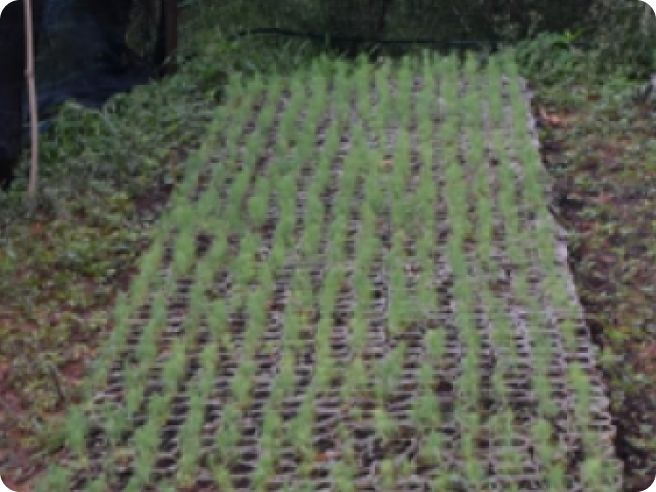Background
Thailand has experienced significant deforestation over the past half-century. Fifty years ago, more than 60% of the country’s land area was forested. By 2016, this figure had declined dramatically to just 32%.
One of the main drivers of this trend is the growth of rubber and palm oil production, with 3.2 million hectares and 1 million hectares dedicated to the two industries, respectively. These estimates represent an average annual growth rate of 5% over the past decade. In recent years, this industrial growth has fuelled the expansion of oil palm plantations and mills, which were once primarily located in the South, to the Northern, Central and Northeastern regions in Thailand. Today, around 41.5% of Thailand’s total land area has been relegated to agricultural plantations.
Perhaps most concerning is the significant impact that this deforestation trend could have on Thailand’s once-abundant peatlands. According to the UNDP, Thailand is home to roughly 64,000 to 75,000 hectares of tropical peatlands. Continuous draining of these precious peatlands for agricultural purposes, including rubber, oil palm, and rice plantations, has reduced its capacity for carbon storage—exacerbating the climate crisis.
Given these challenges, there is an urgent need to implement rapid afforestation and rehabilitation of such areas with the help of fast-growing trees. Afforestation refers to the process of planting trees in an area that has not been forested for a significant period of time.
In partnership with the Mushroom Initiative, this project promoted local forest restoration through community-level training programmes. The training provided in-depth and hands-on knowledge to plant and inoculate native tree species with mycorrhizal fungi.
Mycorrhizal fungi play a crucial role in tree planting efforts by enhancing nutrient and water absorption for trees. Studies in forest ecology have shown that mycorrhizal formation favours higher light intensity and low nutrient availability—and this very plant-fungal symbiosis promotes faster plant growth as it bolsters resilience and overall health.
Like Thailand, Vietnam faces similar challenges of forest degradation and biodiversity loss. Located in the country’s Central Highlands, Lam Dong Province has long been recognised as a biodiversity hotspot. However, areas like Da Lat—a main tourist attraction—have experienced continuous woodland degradation due to rapid economic development. Land has been converted for everything from livestock farming and horticulture to vegetable cultivation.
To address these issues that lie at the cross-section of economic development and sustainability, a similar community-based afforestation and reforestation initiative was established in Vietnam. This project leveraged local expertise, including ornithologists, mycologists and other scientists to restore the forests using mycorrhizal fungi inoculation.




